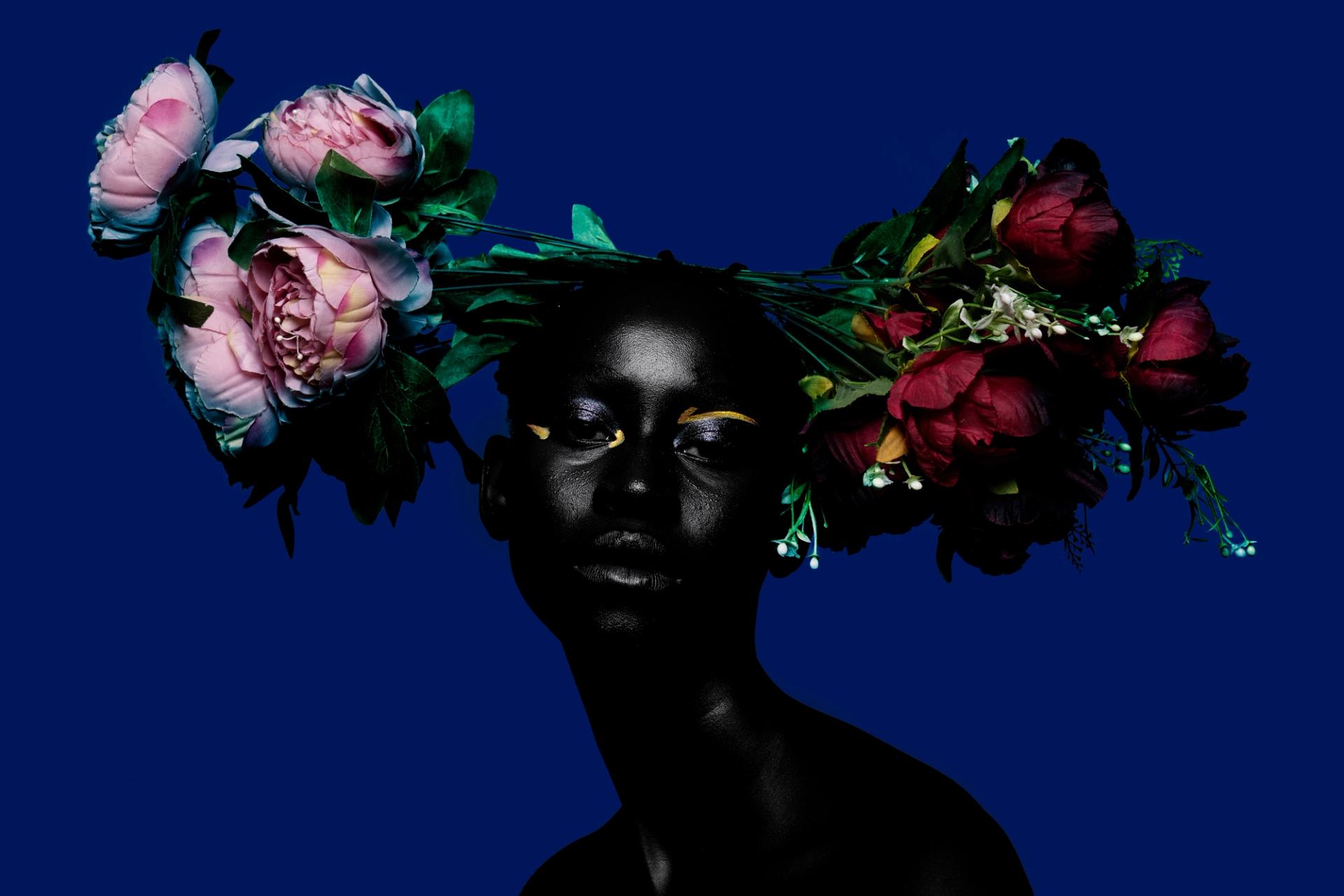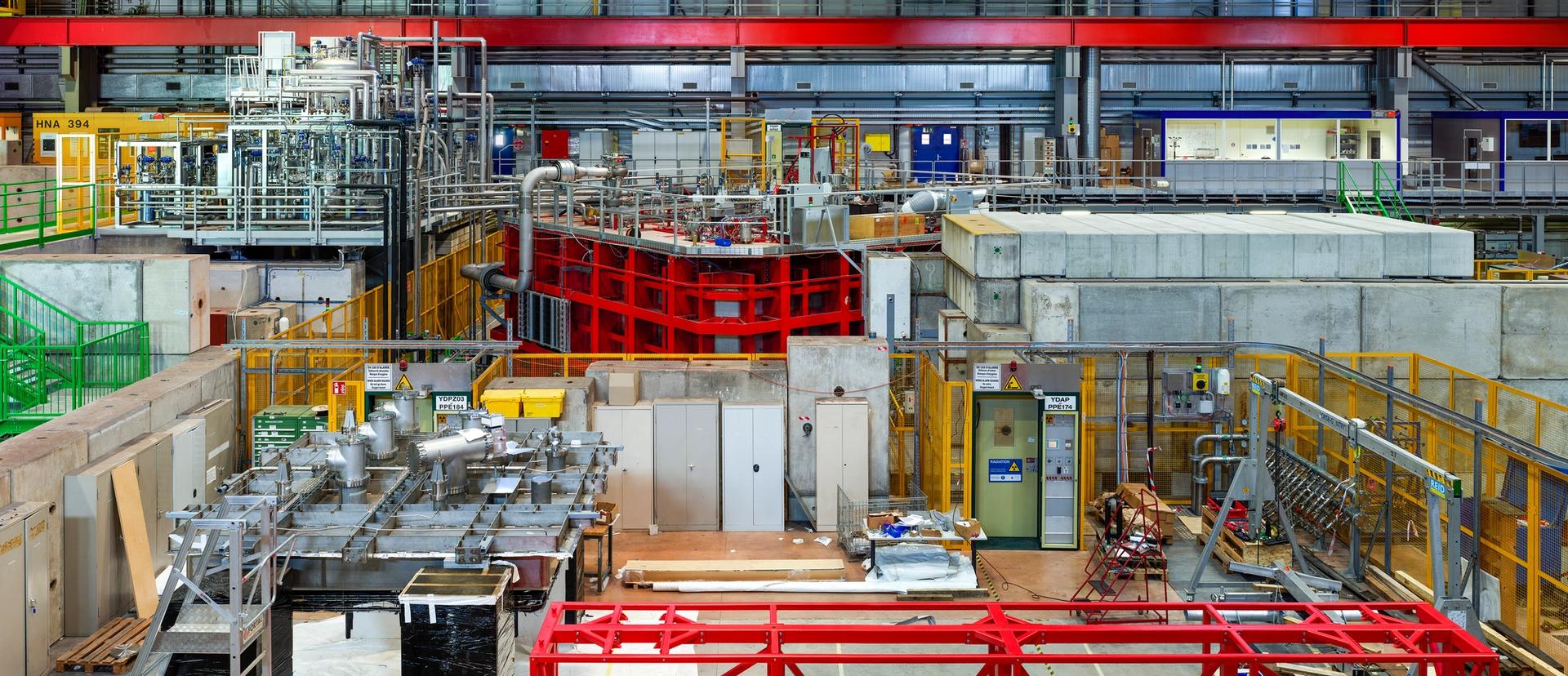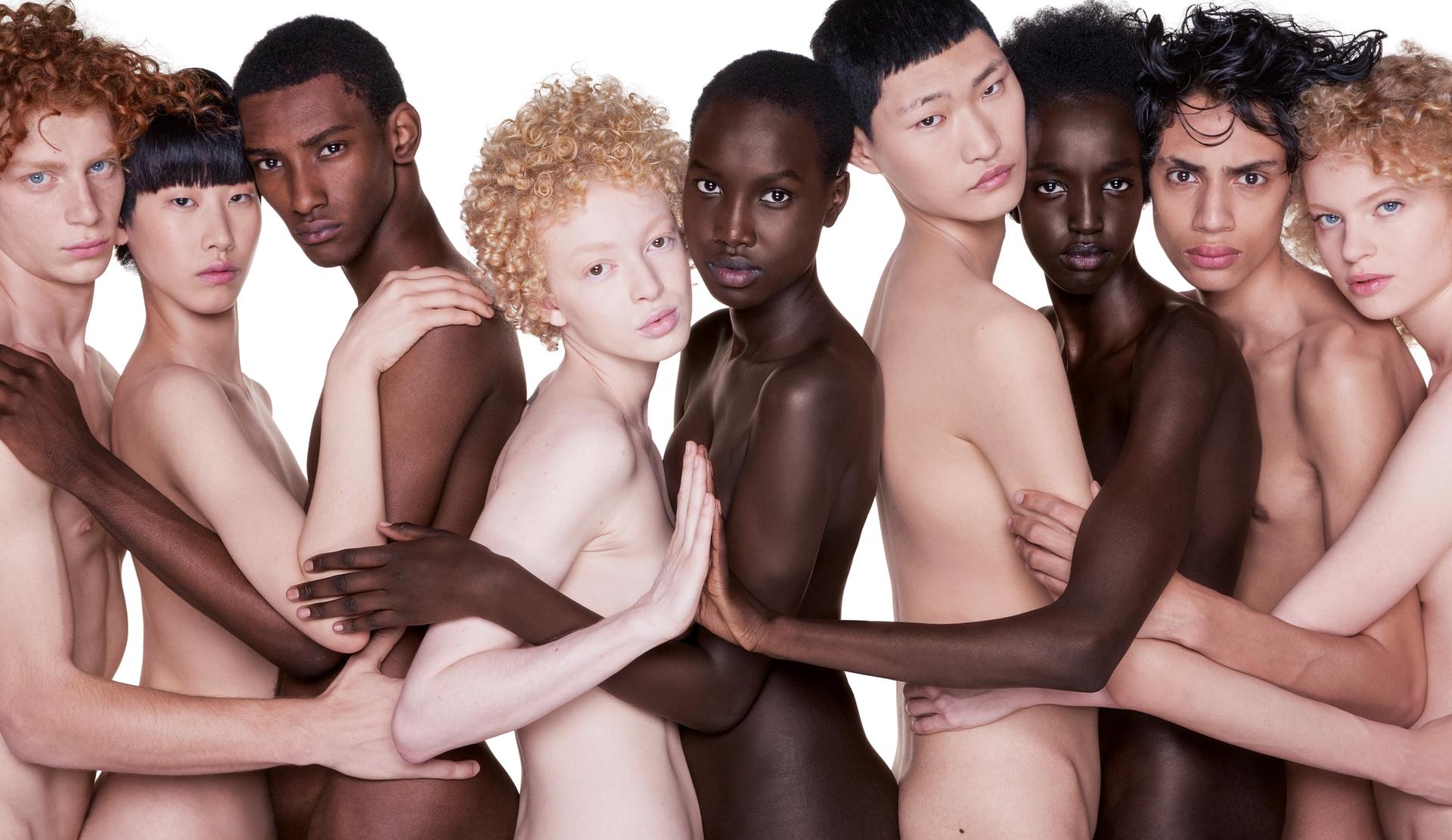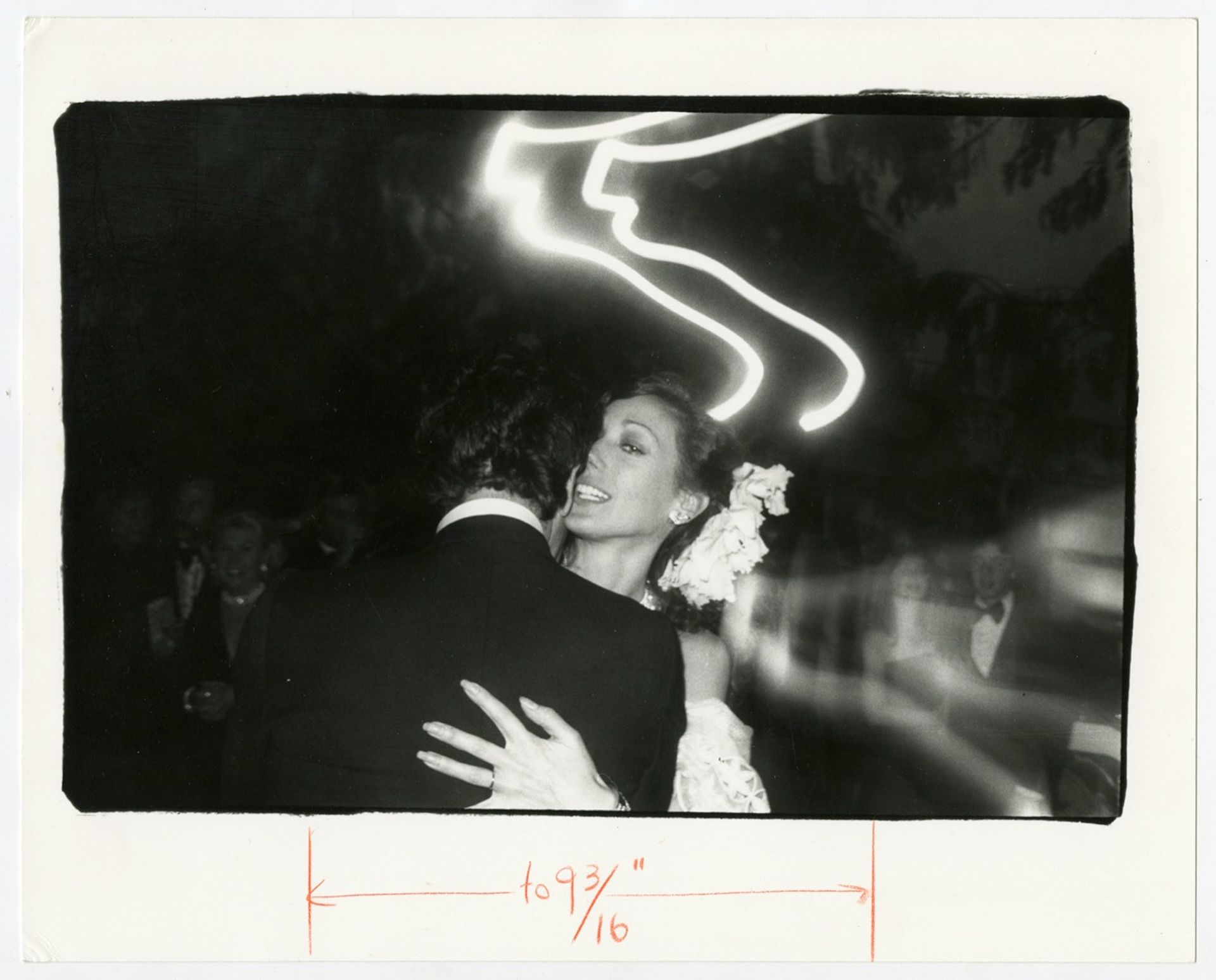Morgan Otagburuagu
Doyle Wham, 91A Rivington Street, EC2A 3AY, through June 10
Ten years ago it was hard to find a single exhibition in London of contemporary African photography. No more. Figurative art from Africa has become a major concern of the art market. But never before has an entire gallery been dedicated to the continent’s most rapidly changing essential art medium in the world.
Doyle Wham, a gallery housed in a former warehouse in Shoreditch, was launched in 2022 by Imme Dattenberg-Doyle, a recent graduate from the Royal College of Art in London, and Sofia Carreira-Wham, a Classics graduate from Cambridge University. Doyle and Wham are both in their twenties: their roster includes African artists of the same generation, such as Gabonese photographer Yanis Davy Guibinga, and more established artists, such as Cameroonian photographer Angèle Etoundi Essamba.
But the artist chosen for the London Gallery Weekend is the Nigerian photographer Morgan Otagburuagu; this is his first personal exhibition in the world. The artist, born in 1997 in the Nigerian coastal town of Port Harcourt, and now based in Lagos, graduated in computer science but took up photography after the death of his parents in 2021. His portraits focus on the ” inherent beauty” of the Black Female Form, says the artist.

by Morgan Otagburuagu Generous (2023)
Courtesy of the artist and Doyle Wham
Thomas Strut
Max Hetzler Gallery, 41 Dover Street, W1S 4NS, June 2–July 29
Presented for the first time in the United Kingdom, at the London outpost of the German gallery Galerie Max Hetzler, the photographs of Thomas Struth of the European Center for Nuclear Research (Cern), the largest scientific installation in the world.
Struth first studied painting at the Kunstakademie in Düsseldorf under the eye of the once unrecognized Professor Gerhard Richter, then as one of the academy’s first photography students under Bernd and Hilla Becher. This period culminated in a residency in New York City, during which Struth created unbiased studies of the Manhattan cityscape that positioned him as the Bechers’ standard-bearer; a photographer whose studies of the built landscape can reveal, if you look closely enough, secret human stories.
CERN is therefore the perfect subject for Struth. This machine was built to answer the questions of our existence. Its surfaces hold clues to its secrets, secrets that may forever elude our full understanding.

by Thomas Struth ProtoDUNE, EHN 1, CERN, Prévessin-Moens 2023 (2023) Courtesy Galerie Max Hetzler
Maisie Cousins
TJ Boulting, 59 Riding House Street, W1W 7EG, through June 17
TJ Boulting was the first gallery to exhibit Maisie Cousins’ photographs. His first exhibition, hosted by the gallery in 2017, was titled grass, peony, bum. The show’s title matched its content: not exactly subtle, not very elegant. But direct, garish and too sensual.
Cousins recently moved from London to live in a south coast seaside town with their first child. His new series is called Return to happiness and seems to mediate, with ambiguous and multivalent power, its remoteness from the city – and away from the adrenal rush of carefree youth.
The photographs displayed here, including a series of images created through an artificial intelligence image generator, communicate complicated feelings about her childhood, her family, her responsibilities as a young mother, and her relationship with the city she now inhabits. . The AI images are a machine’s response to a series of childhood memories Cousins provided him with as “prompts”, while his photographs focus on seaside paraphernalia designed to appeal to little ones. children – sweets, inflatable or plastic toys, rides in theme parks. The artist is interested in “strangeness”, she says, and how this relates to the feelings of “longing, feeling of uncertainty and unease” that we all carry within us.

Chez Maisie Cousins Return to happiness (2023) Courtesy of TJ Boulting
Olivier Toscani
Mazzoleni, 15 Old Bond Street, W1S 4AX, until June 4
Milanese photographer Oliviero Toscani worked as artistic director of Italian fashion brand United Colors of Benetton from 1982 to 2000. Throughout this 18-year period, Toscani oversaw advertising campaigns that today remain stones cornerstones of how to reach a mass audience through controversies. and conflicting visual marketing.
Toscani, born in 1942, grew up as Italy reformed after the fall of Mussolini. As a commercial artist, he was ahead of his time, seeming to presage advertising’s current engagement with geopolitical and social justice issues. For the Benetton billboards, he photographed a man in the advanced stages of AIDS, on the verge of death, surrounded by his family. He photographed a newborn, covered in his mother’s fluids, umbilical cord yet to be cut. He confronted racism – a campaign featured black and white hands cuffed together. Or three human hearts; red, nervous and fleshy muscles, on which were inscribed the words “white”, “black” and “yellow”. His campaigns address anorexia, domestic violence and repressed sexuality, each time sparking outrage from conservatives.
A retrospective of Toscani’s work is currently on view at the Mazzoleni Gallery, based between London and Turin, titled Toscani Chez Mazzoleni. Are the images made by Toscani 30 years ago still relevant? Are they irremediably dated today, or are they pioneers of a new consciousness? The debate is live.

by Oliviero Toscani St. Francois (2019)
© Olivier Toscani. Courtesy the Artist, Mazzoleni, London – Turin
Bob Colacello
Thaddaeus Ropac, 37 Dover Street, W1S 4NJ, June 2-July 29
It just happened is the appropriate title for Bob Colacello’s first solo exhibition in London. The New York native, born in Brooklyn and raised on Long Island, managed to indulge himself with Andy Warhol’s Factory scene in the late 1970s.
Colacello made himself available for every party Warhol hosted at his Broadway studio, as well as the now legendary Studio 54 nightclub, held at the Broadway theater at 254 West 54th Street. Colacello went to each of them with his Minox camera. Eighty of his surviving photographs, taken between 1976 and 1982, are currently on display at Thaddaeus Ropac Gallery in London. The exhibit also includes letters, magazines and memorabilia.

by Bob Colacello James Randall and Marisa Berenson, on their wedding day, Beverly Hills (1976) © Bob Colacello; Courtesy of Thaddaeus Ropac Gallery
• The Art Newspaper is a media partner of London Gallery Weekend
